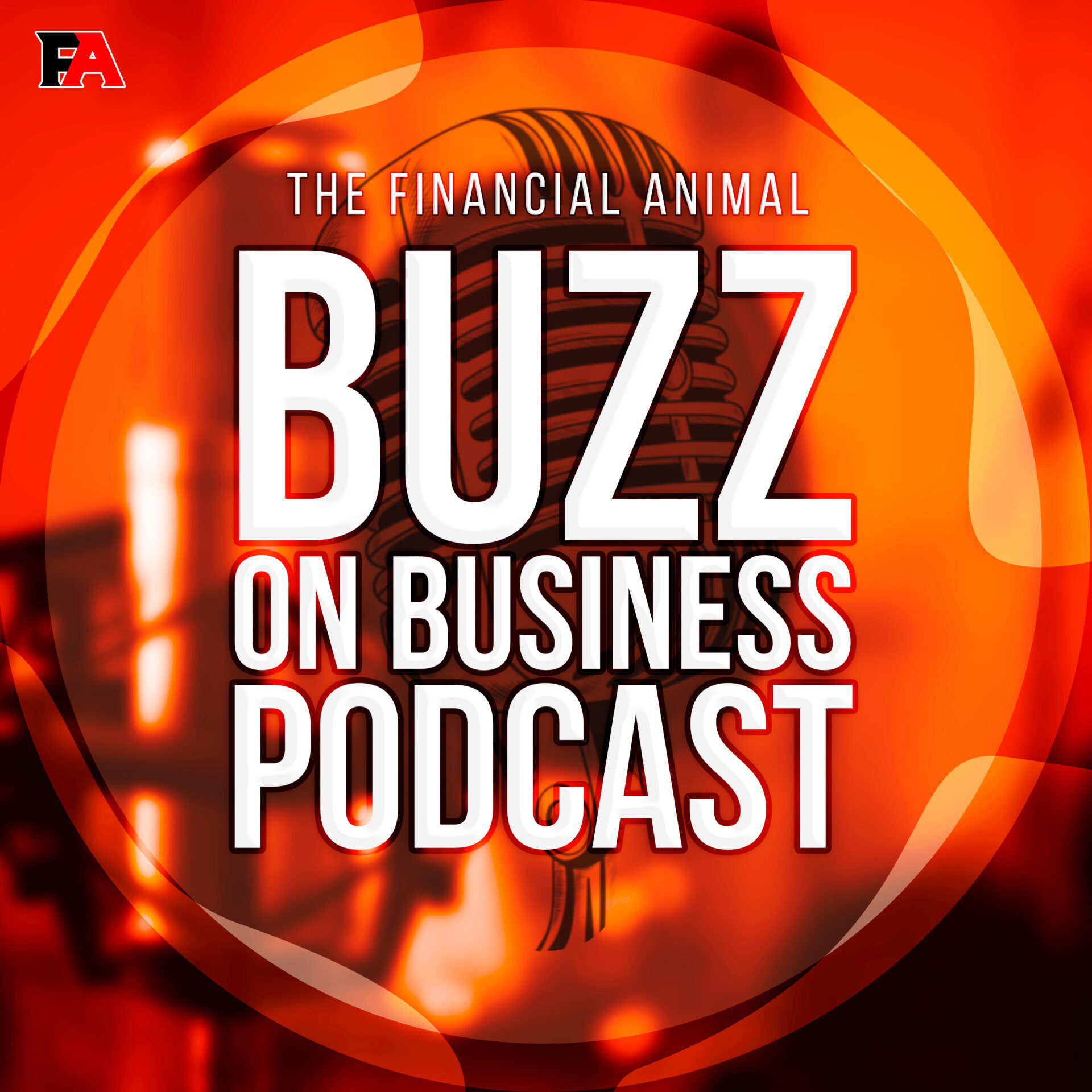
The yield curve has disinverted or has righted itself. In normal circumstances, long-term rates are higher than short-term rates. Investors locking their money up for ten or twenty or thirty years typically demand a higher rate of return to offset the increased risk, including the risk of inflation.
When this relationship flips, as it did in July of 2022, when this relationship flips and short-term rates are higher, it is said that the yield curve has inverted. This inversion of rates has traditionally been seen as a sign of an impending recession. Why is that?
All things being equal, and they seldom are, interest rates are a measure of the demand for money. Typically, demand for investment. Businesses borrow money, for the longer term, to invest in plant and equipment that they believe will generate profits over the longer term.
When business has doubts about the future, borrowing and lending slows and the cost of money falls. This falling price of money stimulates demand and the cycle repeats itself. But the falling price of money is a signal, as all prices are, that an economic slowdown may be underway.
But the government has distorted this traditional function of the bond market. The total size of the bond market in the US is estimated at something a bit less than $60 trillion. The Federal government and its agencies have issued about $40 trillion of that. And the government doesn’t borrow to invest in plant and equipment. Its borrowing fuels consumption. And government not only is the biggest player in the bond market, it also sets interest rates. Business and its demand for capital based upon the supply of capital is an afterthought. Interest rates cannot effectively signal to the market one way or the other.
So, the yield curve inverted in July of 2022, not because of a pending recession, although there was a great deal of scuttlebutt about that possibility but because the government raised short-term rates.
Now, the government is about to lower short-term rates, and the yield curve is righting itself. So, happy days are here again? Not so fast, my friend.
The government is lowering rates, at least in part because it fears the economy is slowing. Now, it is said by the analyst class and the cable news talking heads that a “disinverting” yield curve is, in our upside-down modern age, the sign of a pending recession.
So, are we headed into a recession? Beats us! We don’t know. We honestly don’t know. And neither does anyone else.
Stocks opened higher, rallied throughout the day but sold off a bit into the close and finished off their highs. Volume fell and advancing stocks beat out decliners, but not by much.
Rates were mixed, mostly little changed on Monday.
Oracle reported 2nd quarter earnings that exceeded expectations for both the top and bottom lines. The stock was down during the session on Monday—down on an up day—but recovered nicely in the overnight session. The stock was up about 8%, after the earnings announcement.
Nothing on the Economic Calendar on Monday and nothing much to report on today either.
At 8:30 AM ET tomorrow, the Consumer Price Index Complex rolls out. Consensus expectations are that prices increased at a 2.8% annual rate in August. We shall see.